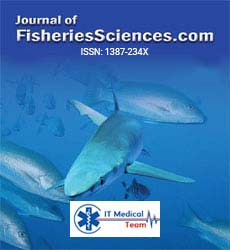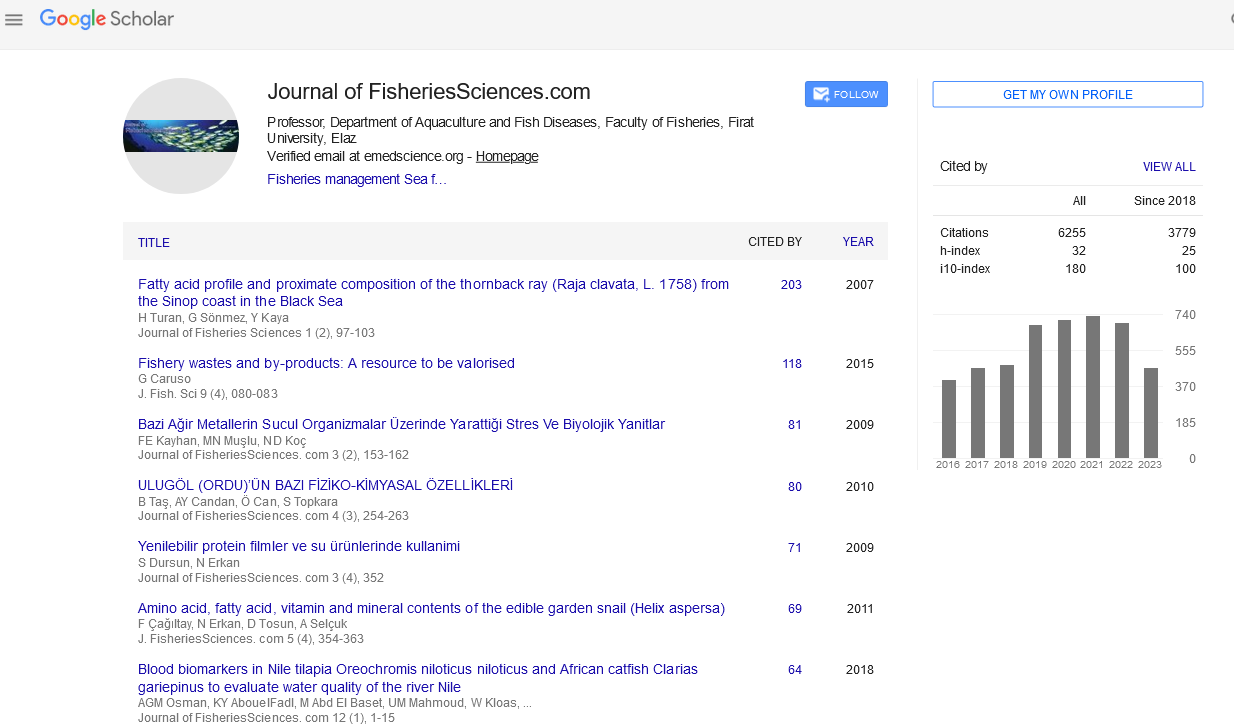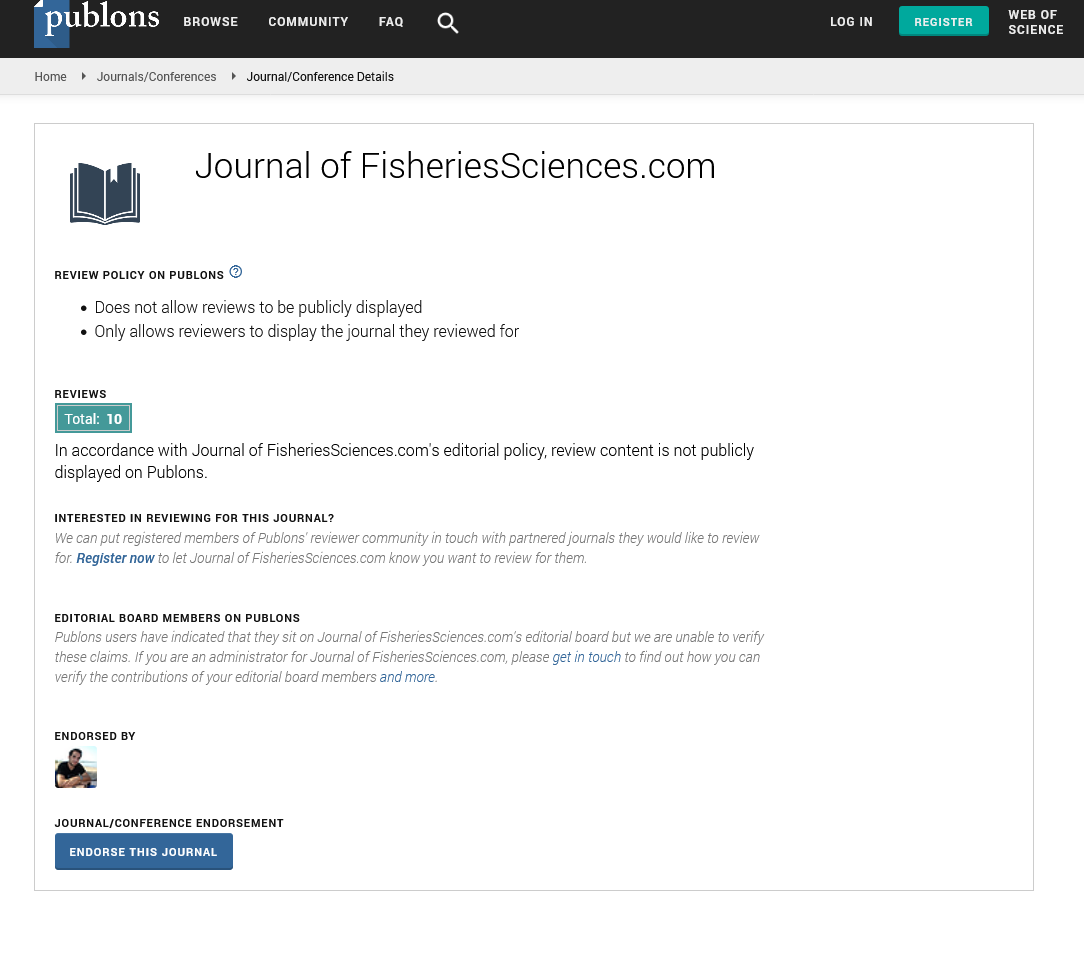Perspective - (2023) Volume 17, Issue 6
Revolutionizing food storage: The rise of aqua food storage systems
Ashis Saha*
Department of Aquaculture, University of Delhi, Delhi, India
*Correspondence:
Ashis Saha, Department of Aquaculture, University of Delhi, Delhi,
India,
Email:
Received: 13-Nov-2023, Manuscript No. IPFS-23-14375;
Editor assigned: 17-Nov-2023, Pre QC No. IPFS-23-14375;
Reviewed: 01-Dec-2023, QC No. IPFS-23-14375;
Revised: 18-Dec-2023, Manuscript No. IPFS-23-14375;
Published:
26-Dec-2023
Introduction
In a world grappling with environmental challenges and the need for sustainable practices, innovative solutions are emerging across various industries. One such groundbreaking concept is aqua food storage, a revolutionary approach to preserving and storing food that combines the principles of aquaponics and advanced storage technologies. This article delves into the intricacies of aqua food storage, exploring its potential benefits, challenges, and the transformative impact it could have on our approach to food preservation.
Description
Understanding aqua food storage
Aqua food storage is an amalgamation of aquaponics and advanced storage techniques. Aquaponics is a system that combines aquaculture (raising fish) and hydroponics (cultivating plants in water) in a symbiotic environment. In the context of food storage, this concept is extended to include the preservation of various food items, leveraging the nutrient-rich water from aquaculture to enhance the storage conditions.
The components of aqua food storage
Fish tanks: At the core of aqua food storage are fish tanks populated with aquatic species. These tanks serve a dual purpose: Providing a sustainable source of protein through fish farming and generating nutrient-rich water that is essential for plant growth.
Hydroponic beds: Positioned above or adjacent to the fish tanks, hydroponic beds support the cultivation of various crops. The water from the fish tanks, rich in nitrogen and other essential nutrients, is circulated through these beds, creating an optimal environment for plant growth.
Advanced storage technologies
Controlled atmosphere storage: Aqua food storage integrates controlled atmosphere storage, a technology that regulates the levels of oxygen, carbon dioxide, and humidity within the storage environment. This helps extend the shelf life of perishable items by slowing down the ripening and decay processes.
Vacuum packaging: Vacuum packaging is employed to remove the air from around the food items, preventing oxidation and microbial growth. This technique is particularly effective in preserving the freshness of fruits, vegetables, and meat.
The benefits of aqua food storage
Resource efficiency: Aqua food storage maximizes resource efficiency by utilizing the byproducts of aquaculture to enhance plant growth. This closed-loop system minimizes waste and optimizes the use of water and nutrients.
Reduced carbon footprint: The integration of aquaponics with advanced storage technologies can contribute to a significant reduction in carbon emissions associated with traditional farming and storage methods.
Freshness and nutrient retention
Extended shelf life: Controlled atmosphere storage and vacuum packaging play crucial roles in extending the shelf life of various food items, reducing food waste, and promoting sustainable consumption practices.
Nutrient-rich produce: The synergy between aquaponics and advanced storage technologies ensures that the harvested produce retains its nutritional value, offering consumers fresh and nutrient-rich food options.
Year-round production
Climate-independent: Aqua food storage enables year-round production regardless of external climate conditions. This resilience is especially valuable in regions with harsh climates, allowing for a consistent and reliable food supply.
Diversification of crops: The flexibility of aqua food storage systems allows for the cultivation of a diverse range of crops, addressing seasonal limitations and enhancing overall food variety.
Challenges and considerations
Initial investment: Implementing aqua food storage systems requires a significant initial investment in both aquaponics infrastructure and advanced storage technologies.
Maintenance and monitoring: Regular monitoring and maintenance of the complex system are essential to ensure optimal conditions for both aquatic life and plant growth.
Education and adoption
Knowledge transfer: Widespread adoption of Aqua Food Storage necessitates educational initiatives to familiarize farmers, stakeholders, and communities with the principles and practices associated with this innovative approach.
Cultural and traditional practices: Adapting traditional farming practices to aqua food storage may face resistance due to cultural and traditional norms. Effective communication and community engagement are vital to overcoming such barriers.
Conclusion
Towards a sustainable future
Scalability: As technology advances and the understanding of aqua food storage deepens, scalability becomes a key factor in ensuring its widespread adoption across diverse agricultural landscapes.
Global impact: Aqua food storage has the potential to transform the global food storage and preservation landscape, offering a sustainable solution to the challenges posed by climate change and traditional agricultural practices. In conclusion, aqua food storage represents a paradigm shift in the way we approach food preservation. By seamlessly integrating aquaponics with advanced storage technologies, this innovative concept offers a glimpse into a more sustainable and resilient future for agriculture. As we celebrate the one-year milestone of aqua food storage, it is clear that the journey has just begun, with immense potential for growth, development, and positive impact on a global scale.






